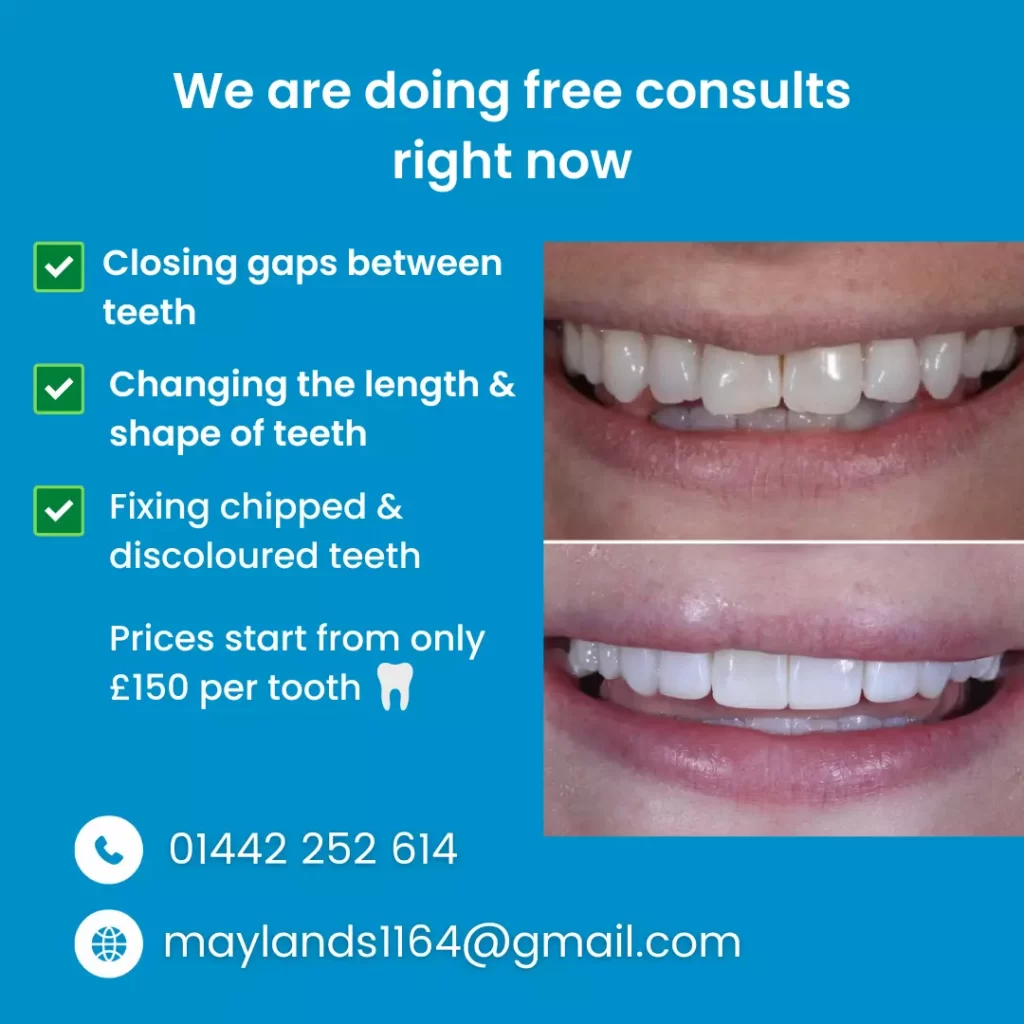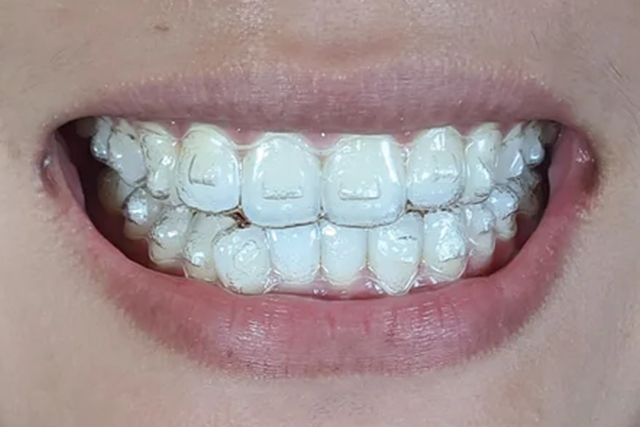Discover Effective Dental Procedures for a More Vibrant Smile - Learn More About Dental Bonding
In the quest of a glowing smile, individuals commonly look for efficient dental procedures to enhance the appearance of their teeth. Among the various techniques available, oral bonding stands out as a preferred selection for its capacity to resolve a variety of aesthetic worries. From repairing cracked or stained teeth to improving and closing voids enamel, oral bonding offers a functional remedy. Understanding the details of this treatment and its benefits requires a more detailed look at the process, candidacy standards, and post-treatment care. By exploring the subtleties of dental bonding, one can obtain understandings into how this therapy compares to various other choices, offering a comprehensive sight of the possibilities for attaining a brighter smile.
Advantages of Dental Bonding
Oral bonding offers a minimally invasive and economical solution for improving the look of teeth. This procedure includes the application of a tooth-colored resin product to the surface of the tooth, which is then set using a special light. Among the vital benefits of dental bonding is its capacity to fix minor flaws such as chips, splits, or discoloration in a single see to the dentist. Unlike other cosmetic oral treatments, such as crowns or veneers, bonding generally needs marginal to no elimination of the natural tooth enamel, making it a conservative choice for smile improvement.

Treatment Review
Commencing with an exam of the process included in oral bonding, we explore the detailed overview of this cosmetic dental treatment. Oral bonding is a minimally invasive technique utilized to boost the appearance of teeth by applying a tooth-colored resin material to the surface area. The treatment begins with the dental professional choosing a material color that matches the natural color of the client's teeth.
Following, the tooth surface area is roughed up, and a conditioning fluid is related to help the bonding material adhere appropriately. The material is after that built and formed to the desired form before being hardened utilizing a special light. When the product has actually set, the dental practitioner will certainly further trim and polish it to blend perfectly with the surrounding teeth.
Dental bonding is frequently utilized to fix broken or split teeth, close spaces in between teeth, improve teeth, and cover spots. It is a economical and quick method to improve the aesthetic appeals of a smile, commonly finished in a single check out to the dental professional's office.
Prospects for Oral Bonding
When figuring out qualification for dental bonding, a comprehensive evaluation of the patient's dental wellness and aesthetic goals is conducted. Oral bonding is a flexible cosmetic dentistry procedure ideal for people with minor blemishes such as damaged, split, stained, or misshapen teeth. Prospects for dental bonding should have total great oral wellness, complimentary of periodontal disease or tooth degeneration, as these conditions might impact the bonding's longevity and performance.
Suitable candidates for oral bonding are individuals aiming to improve the appearance of their smiles without considerable dental job. Dental bonding is a conservative therapy option that can attend to aesthetic problems without the requirement for even more invasive treatments. It is likewise a preferred option for those seeking fast results, as bonding can often be completed in a solitary see to the dentist's workplace.
During an examination with an oral expert, the person's particular worries and desired results will certainly be evaluated to figure out if dental bonding is the most ideal therapy option - dentist erin mills. By comprehending the standards for candidacy, individuals can make educated choices concerning improving their smiles with oral bonding
Aftercare Tips
Upon finishing an oral bonding procedure, maintaining appropriate aftercare is necessary to ensure the durability and efficiency of the therapy. After the bonding procedure, it is crucial to avoid consuming difficult foods or attacking on items that can possibly harm the adhered location. Additionally, refraining from practices like nail-biting or chewing on pens can assist stop early damage on the adhered product.
Normal dental health techniques, consisting of cleaning with a soft-bristled tooth brush and non-abrasive tooth paste, are crucial to maintain the bond and stop discoloration - emergency dentist mississauga. It is advised to floss day-to-day to get rid of any kind of food bits that may build up around the bound area, reducing the risk of degeneration
Regular dental examinations every six months are necessary to monitor the problem of the bonding and resolve any type of problems quickly. During these visits, your dental practitioner can analyze the bond's stability, make any type of necessary fixings, and give support on maintaining optimum dental health and wellness to prolong the life-span of the dental bonding.
Comparison With Various Other Treatments
In evaluating dental bonding as a treatment choice, it is important to consider its benefits and constraints in contrast to different treatments. One usual choice to oral bonding is veneers. Veneers are slim coverings of porcelain or composite material that are personalized to cover the front surface area here of teeth. While veneers are extra stain-resistant and durable than bonding, they are also more expensive and require more prep work of the all-natural tooth framework.
Another popular alternative is oral crowns. Crowns are caps that cover the entire tooth and are usually used for more substantial damages or to improve the appearance of an irregular tooth. Unlike bonding, crowns are much more durable and can withstand better biting forces. The process of obtaining a crown includes removing even more of the natural tooth framework, making Source it a permanent procedure.
Eventually, the selection between oral bonding, veneers, or crowns depends upon the individual's certain needs, spending plan, and desired end result. Consulting with a dental specialist can help establish the most ideal treatment alternative for achieving a brighter and extra confident smile.
Verdict
Finally, oral bonding is an effective procedure for boosting the appearance of teeth by remedying imperfections such as discoloration, voids, and chips. It is pop over to this site a minimally invasive treatment that can give quick and resilient outcomes. With correct aftercare and maintenance, individuals can enjoy a brighter and a lot more certain smile. Dental bonding provides a cost-efficient and convenient solution compared to other extra intrusive dental procedures.
In addition, oral bonding is a versatile therapy that can address a variety of aesthetic concerns, consisting of shutting voids in between teeth, improving misaligned teeth, or making teeth show up much longer.Beginning with an assessment of the process included in dental bonding, we delve into the comprehensive overview of this aesthetic oral treatment. Candidates for dental bonding should have overall good dental wellness, complimentary of periodontal illness or tooth decay, as these problems might impact the bonding's durability and effectiveness.
